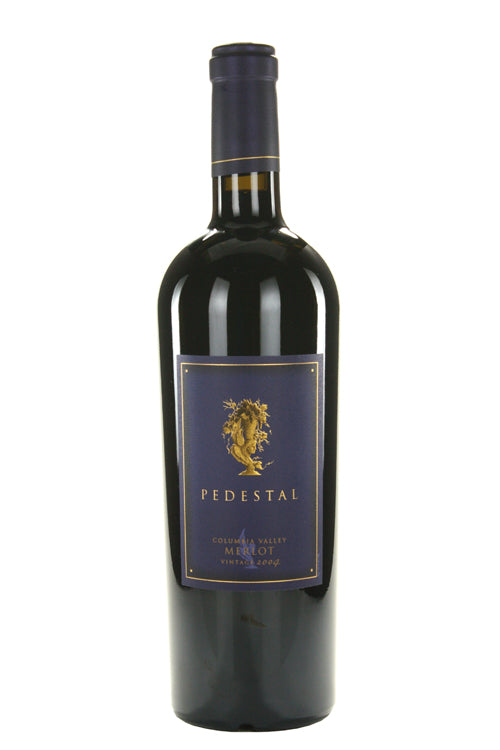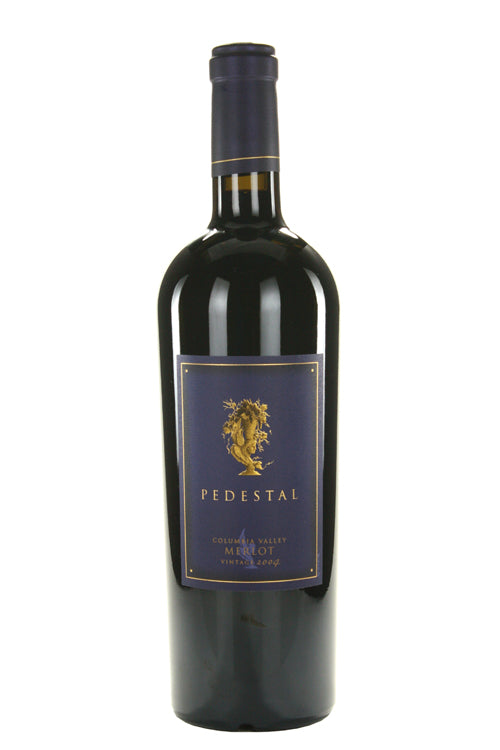1
/
of
1
Long Shadows Pedestal Merlot - 2004 (750ml)
Long Shadows Pedestal Merlot - 2004 (750ml)
Regular price
$74.99
Sale price
$74.99
Regular price
$89.99
Unit price
/
per
Dense and focused, yet balances deftly enough to let the currant, cherry and black raspberry fruit pierce through a veil of crisp tannins. Has power without excessive weight. The finish lingers extraordinarily well. Best from 2009 through 2014. 1,624 cases made. –HS
Wine Spectator - 93 points
Wine Spectator - 93 points
Share :

- varietal
- Region
- Sub - Region
- Type
- Reviews
Product Review
Dense and focused, yet balances deftly enough to let the currant, cherry and black raspberry fruit pierce through a veil of crisp tannins. Has power without excessive weight. The finish lingers extraordinarily well. Best from 2009 through 2014. 1,624 cases made. –HS
Product Score
93
Merlot has a reputation for producing smooth, velvety wines that vary depending upon the climate and soil type. Warm conditions on clay soils often produce soft, fruit forward styles. Cool, higher elevation sites produce wine with a slightly more austere structure. It still reigns as one of the world's most noble varieties forming the majority of the blend in Bordeaux’s right bank vineyards of Pomerol and Saint-Emilion. It is now prevalent across the world, achieving particular success in South America, California, and Washington. In central Italy, Merlot is either bottled as a varietal or blended with Sangiovese and Cabernet Sauvignon to form Indicazione Geografica Tipica's (IGT), known as Super Tuscans.
NULL
Red wine is wine made from dark-coloured grape varieties. The color of red differs based on the grapes variety or varieties used.Interestingly, black grapes yield a juice that is greenish-white. The actual red color comes from anthocyan pigments (also called anthocyanins) from the skin of the grape (exceptions are the relatively uncommon teinturier varieties, which produce a red colored juice). Most of the production centers around the extraction of color and flavor from the grape skin.


